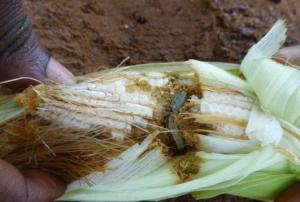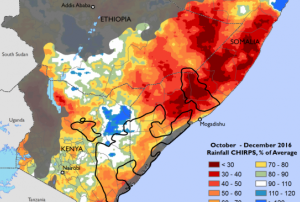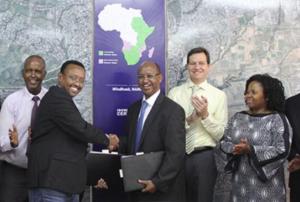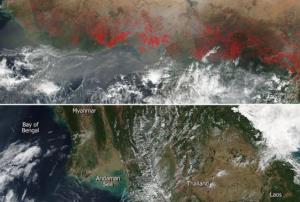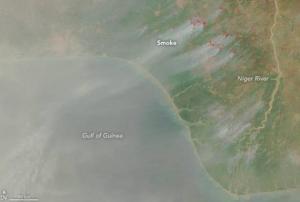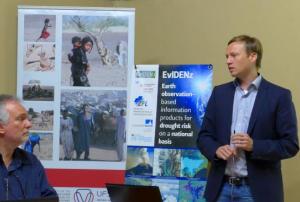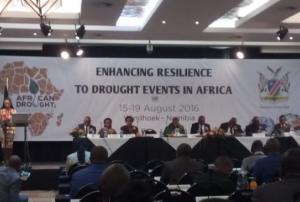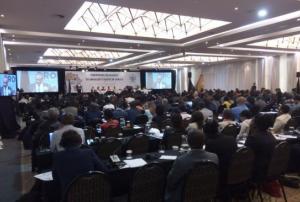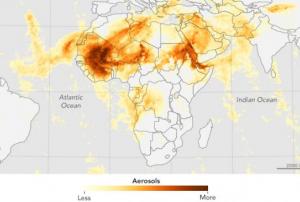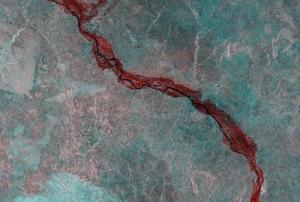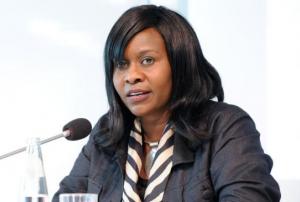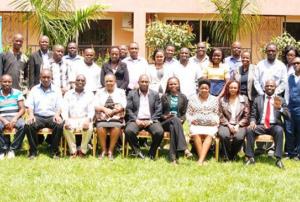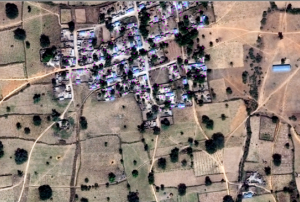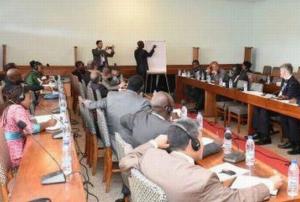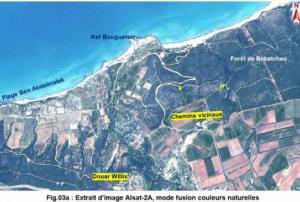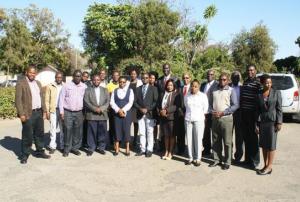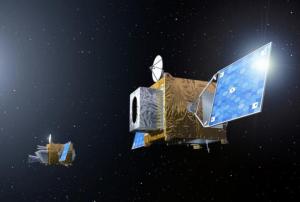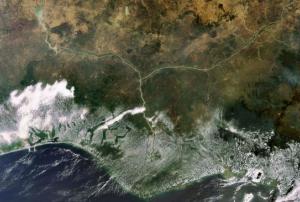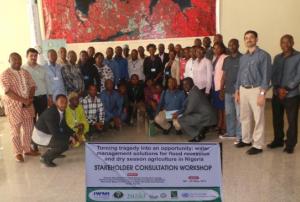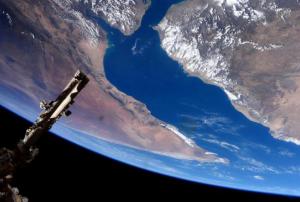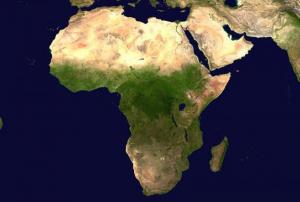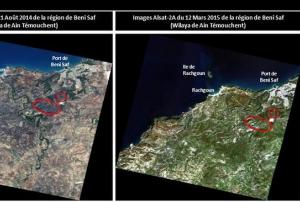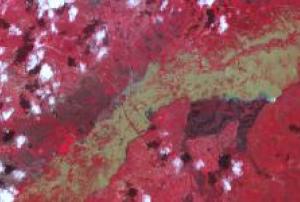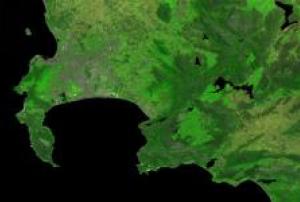An armyworm pest has been afflicting southern and eastern Africa since the beginning of this year. It has been observed in South Africa, Zimbabwe, Malawi, Zambia, Namibia and Mozambique with Zimbabwe being the worst affected country so far. The moths of the armyworm are born survivors and they are able to migrate over huge distances. Experts predict that next affected countries will be Tanzania and Kenya.
In January 2017 the UK Space Agency awarded £6,38 million in funding over 5 years to the Pest Risk Information Service (PRISE) project in sub-Saharan Africa. The project is led by CABI (Centre for Agriculture and Biosciences International) and it aims to reduce crop losses caused by pests in 6 countries in the region. As a part of the project, a pest risk forecasting system based on Earth Observation and Plantwise data will be created, providing forecasts and early warnings for smallholder farmers and thus increasing their resilience to pests and improving their…
more